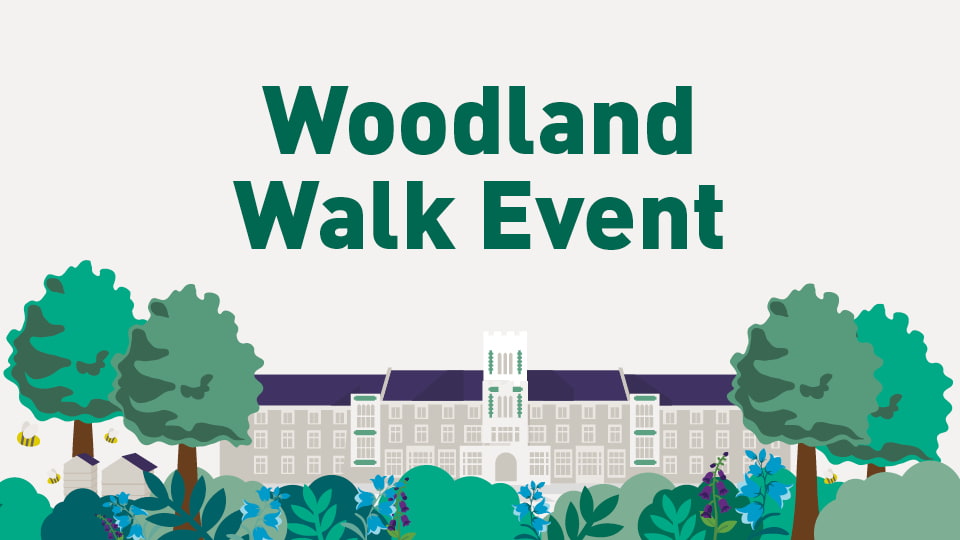For a number of years, the Gardens team has organised a walk in spring to enjoy the bluebell display in Burleigh Wood. In recent years Assistant Gardens Manager, Rich Fenn Griffin, has added his own flair to the walks, bringing his passion for the wood to life by revealing the history and ecology of the woodland’s past and present. Recognising the potential to engage more people, Rich decided to create an interactive walk where people can journey through the wood, stopping at stations to hear narrations about the features they are viewing.
Rich said: “The interactive walk will reveal the woodland’s stories to a larger group of people and allow people to see in other woods the same wildlife that are found in Burleigh. Hopefully, as people learn more about the wood, they will care for it and other ancient woodlands more and realise just how remarkable and precious these places are.”
Staff, students and the local community are invited to the woodland walk launch event, taking place on 30 April, 2.30pm-5pm. The walk will start at the main entrance to Burleigh Wood where light refreshments will be served, and Rich will introduce the walk. Following an official opening by Visiting Member Dr Joanne Jennings, visitors will then be invited to begin the walk at their own pace.
Attendees will need to bring a smartphone to interact with the stations around the woodland. Visitors will follow a clearly marked path, encountering eight interactive stations along the way that pull up information and narration about what you can see. The audio woodland walk is designed to be multi-season so it can be enjoyed at any time of the year.
Book your place at the woodland walk launch event.
About Burleigh Wood
Burleigh Wood is an ancient semi-natural woodland with a history dating back over a thousand years. The earliest written records for the wood are from the 1420s and tell us that the wood was used for coppicing (a system of woodland management used to make fencing parts and firewood). We know its history dates back much further than this both because of the flora present but also the deerbank feature that runs along the woodland’s southwestern edge. This feature was developed during the medieval period to stop deer from getting into the woodland when it was part of a deer park. The deerbank is likely to be Saxon in origin and was used to demarcate the land of neighbouring earls.
The woodlands’ present shape and area would be instantly recognisable to medieval eyes, and it appears to have changed little over the centuries. Loughborough University took ownership of the woodland during the 2000s and have recently undertaken to revive the woodlands management. Whilst we tend to think of these places as wild, they are in fact the product of human management. The coppice management that has predominantly taken place in this woodland over the last thousand years has meant that the spectacular bluebell displays we see today are because of this form of management. Today, the University is working to preserve its unique heritage, ensuring future generations can continue to enjoy its beauty.












